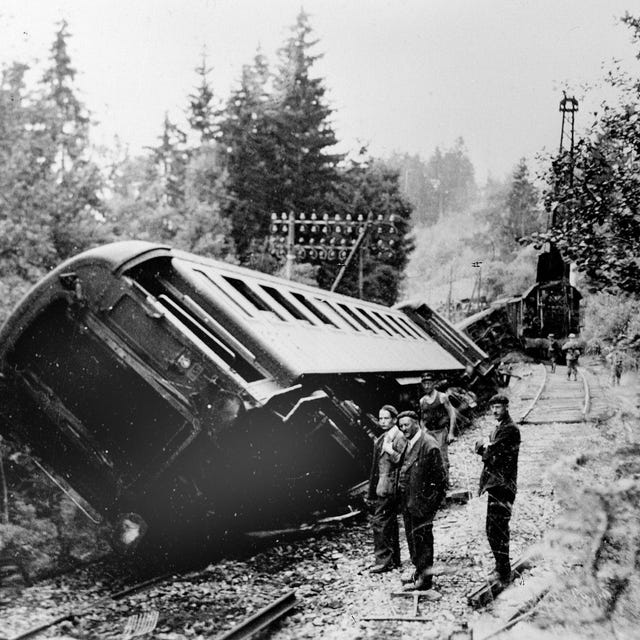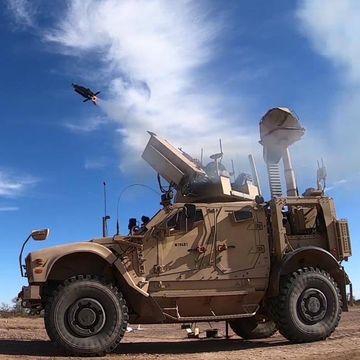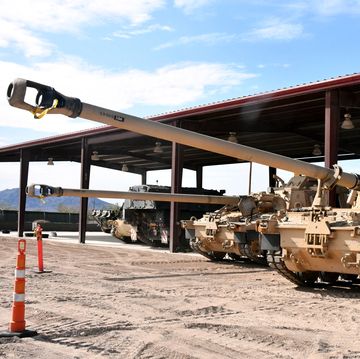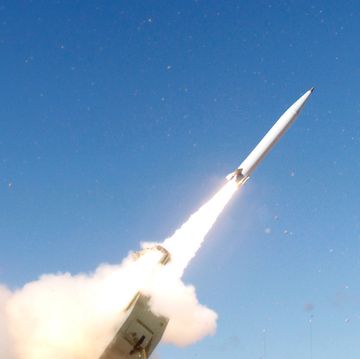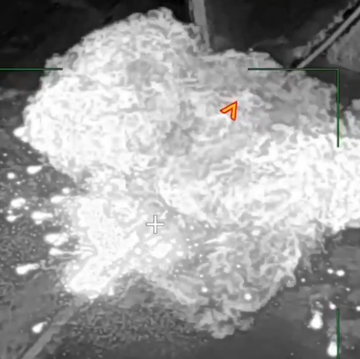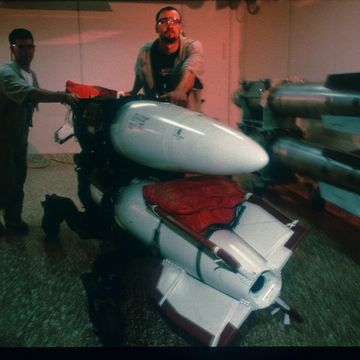- During World War II, spies needed a compact, disguised explosive to issue to resistance forces in occupied Europe.
- One solution was “explosive coal,” which could be infiltrated into enemy coal supplies.
- A similar program in Vietnam introduced defective, exploding bullets into enemy ammunition.
In 1940, as Hitler’s armies consolidated their hold on Europe, Britain’s spymasters charged with keeping the resistance alive came up with a novel concept. The result was “explosive coal,” an explosive charge that appeared to be an innocuous piece of coal. The explosive charge would wreck the boilers of a factory or a ship, causing severe damage. A similar project undertaken during the Vietnam War seeded exploding ammo among Viet Cong guerillas.
In 1940 UK’s Special Operations Executive (SOE) began looking at ways to sabotage German forces in occupied Europe. Tasked by Prime Minister Winston Churchill to “set Europe ablaze,” SOE smuggled weapons, explosives, and agents into occupied Europe to assist resistance forces fighting back against their German occupiers.
One piece of kit developed for saboteurs was “explosive coal.” Explosive coal, according to The Armorer’s Bench, was a large piece of coal with the center drilled out. The cavity was filled with plastic explosives and a detonator, and the coal would be snuck into the coal supply of a coal-fired ship, factory furnace, or other coal burning generator in German hands. The coal would go into the furnace and explode, causing a huge explosion and ideally setting fire to the coal supply.
Coal was notoriously difficult to drill, and eventually was replaced with painted pieces of plaster with plastic explosives hidden inside.
Explosive coal had far-reaching effects beyond actual instances of explosion. Once word got out German forces would consider all coal suspect. The occupiers would have to choose between accepting the risk or redeploying thousands of troops away from more pressing duties to guard coal supplies. The latter would in turn make it easier for the resistance to strike other, unguarded targets, and ultimately string out German forces across the country so they would be less prepared for an Allied invasion.
Nearly 30 later, U.S. forces would again tamper with enemy supplies, this time in Vietnam. U.S. special forces learned to spike enemy bullets with explosive charges, then plant them in ammunition supplies they encountered during patrols. Viet Cong guerrillas would redistribute the ammo which could cause enemy rifles to explode and even cripple or kill their users. The project, known as Eldest Son, caused North Vietnamese and Viet Cong troops to doubt the reliability of their own weapons and accuse their Chinese suppliers of poor quality control.
Source: The Armourer’s Bench

Kyle Mizokami is a writer on defense and security issues and has been at Popular Mechanics since 2015. If it involves explosions or projectiles, he's generally in favor of it. Kyle’s articles have appeared at The Daily Beast, U.S. Naval Institute News, The Diplomat, Foreign Policy, Combat Aircraft Monthly, VICE News, and others. He lives in San Francisco.
